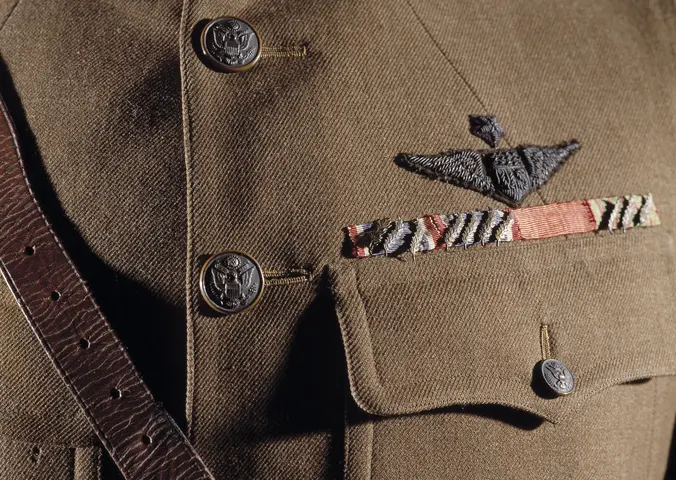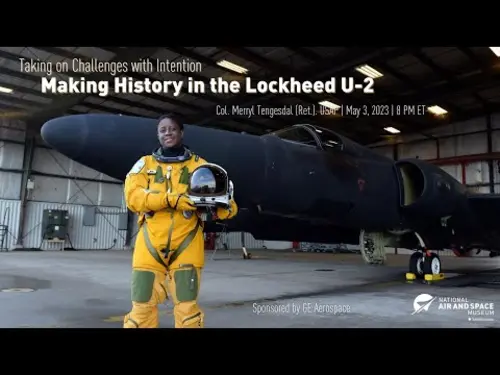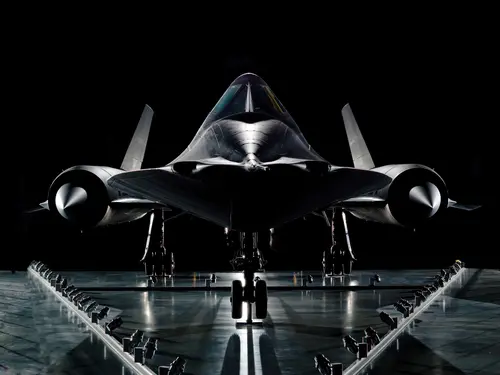
Military aviation
Stories
On demand
From the Collection
Exhibitions
Learning Resources
My Path: The Best Office View in the World: Major Jason Markzon, Thunderbirds
Have you ever wondered what it is like to fly with the United States Air Force Thunderbirds? Do you know how someone becomes a Thunderbird? Find out from Major Jason Markzon of the Thunderbirs!
My Path: Astronaut Anne McClain Asks Everyone to "Tell a Teacher 'Thank You'"
Astronaut Anne McClain says my heroes are absolutely teachers. Find out what else Anne has to say about teachers as well as her advice to middle school students.
My Path: Captain Sterling Gilliam, Director, National Naval Aviation Museum
Have you ever wondered how important people get to where they are? National Naval Aviation Museum director, Captain Sterling Gilliam, shares his path in this segment brought to you by STEM in 30.
My Path: CDR Ray "Gator" Stromberger
Commander Ray Stromberger talks about the path that led him to becoming the navigator aboard the USS Dwight D. Eisenhower.
My Path: The Best Office View in the World: Major Jason Markzon; Thunderbirds
Have you ever wondered what it is like to fly with the United States Air Force Thunderbirds? Do you know how someone becomes a Thunderbird? Find out from Major Jason Markzon of the Thunderbirs!
The SR–71: The Fastest Jet Aircraft in the World
How the Lockheed SR–71 Blackbird’s design helped pilots go higher and further than ever before.



















